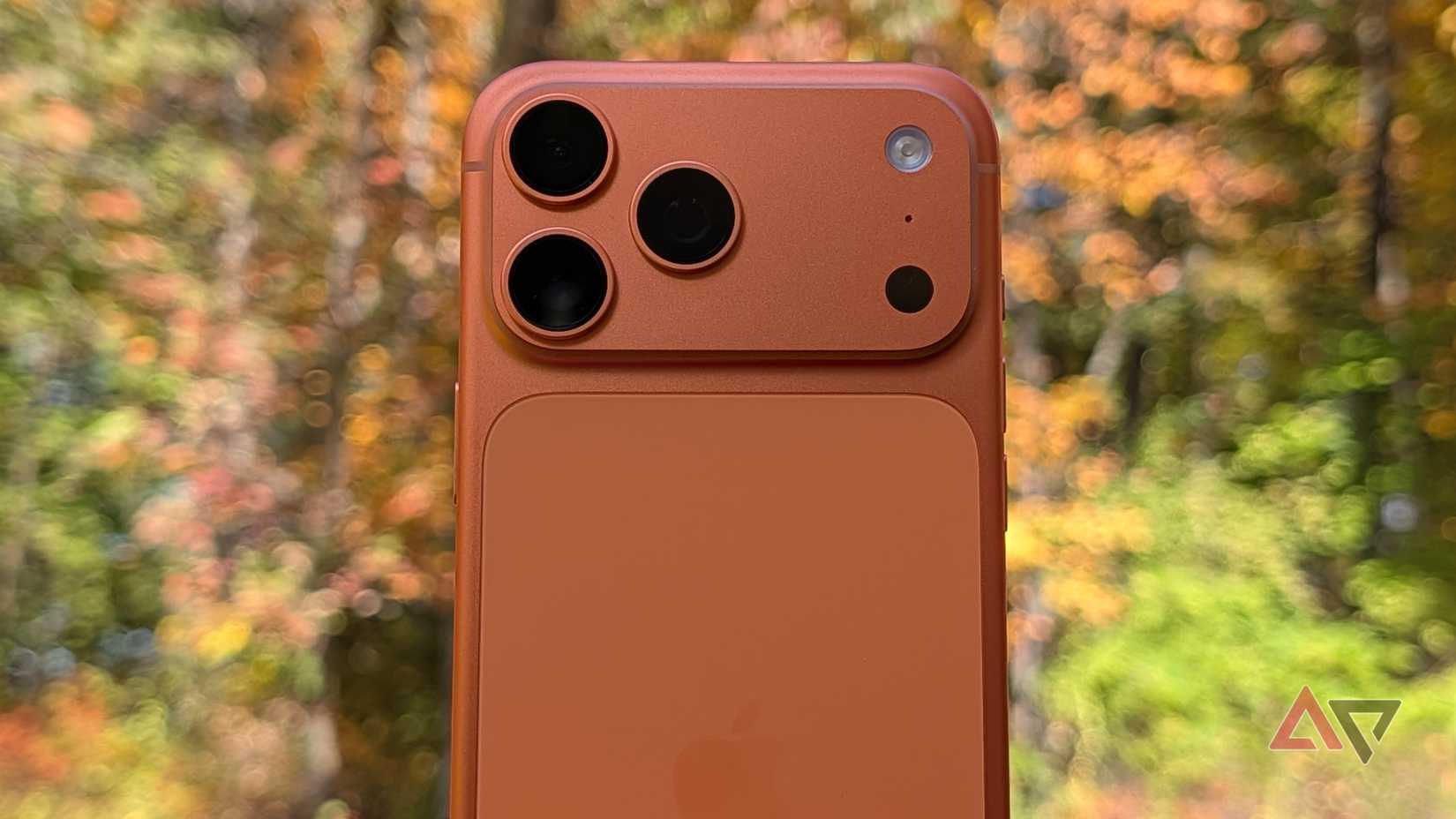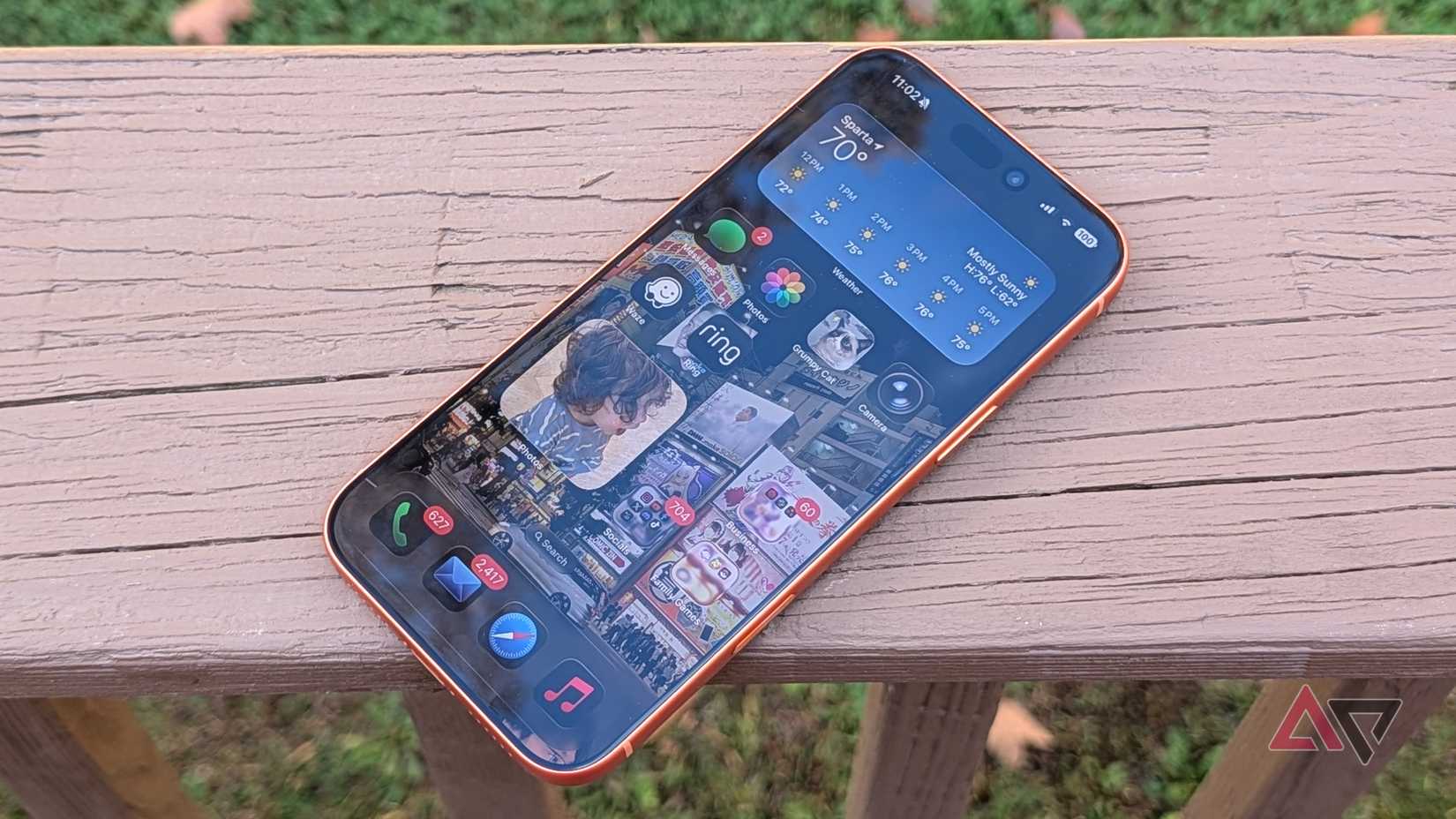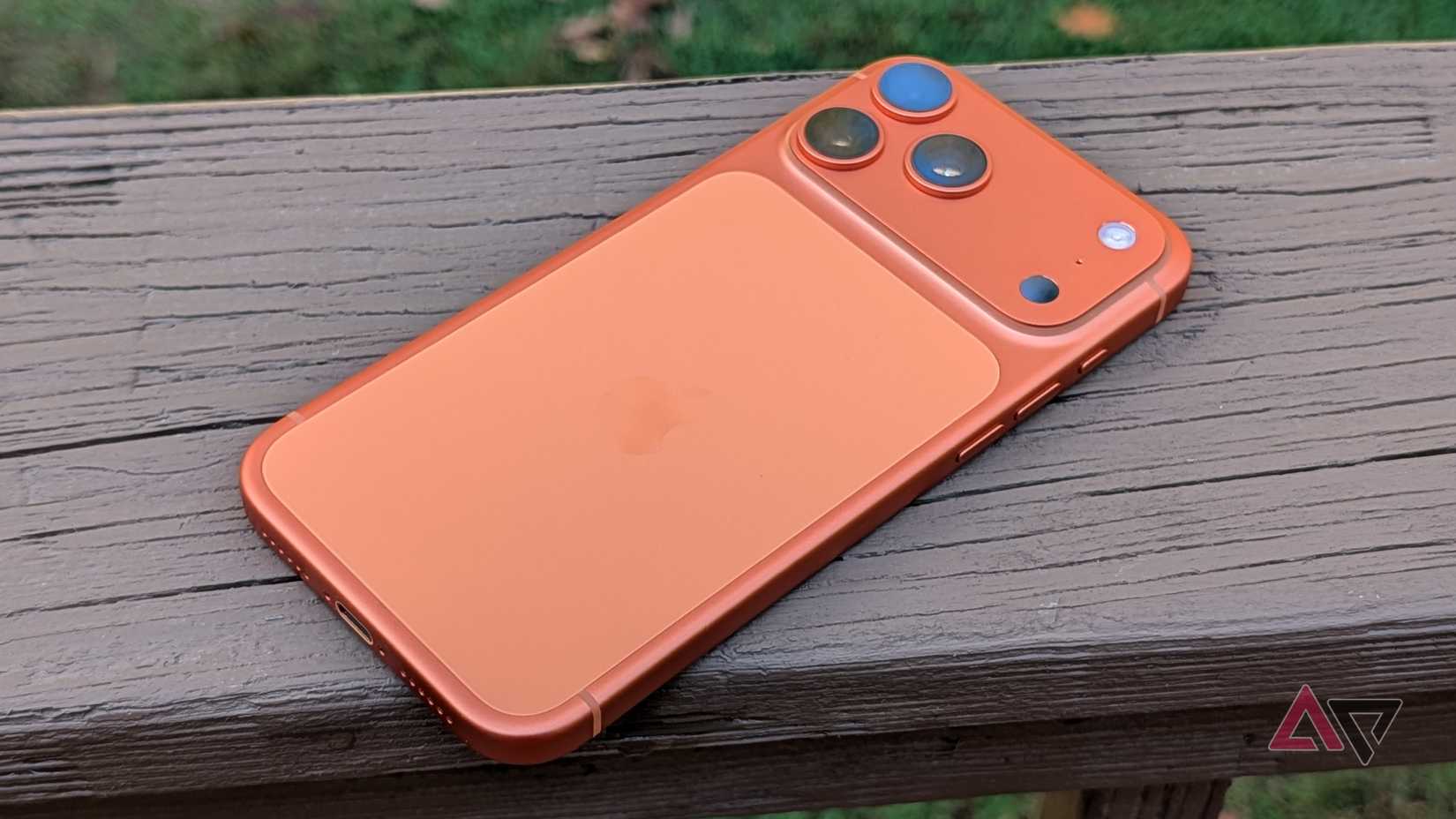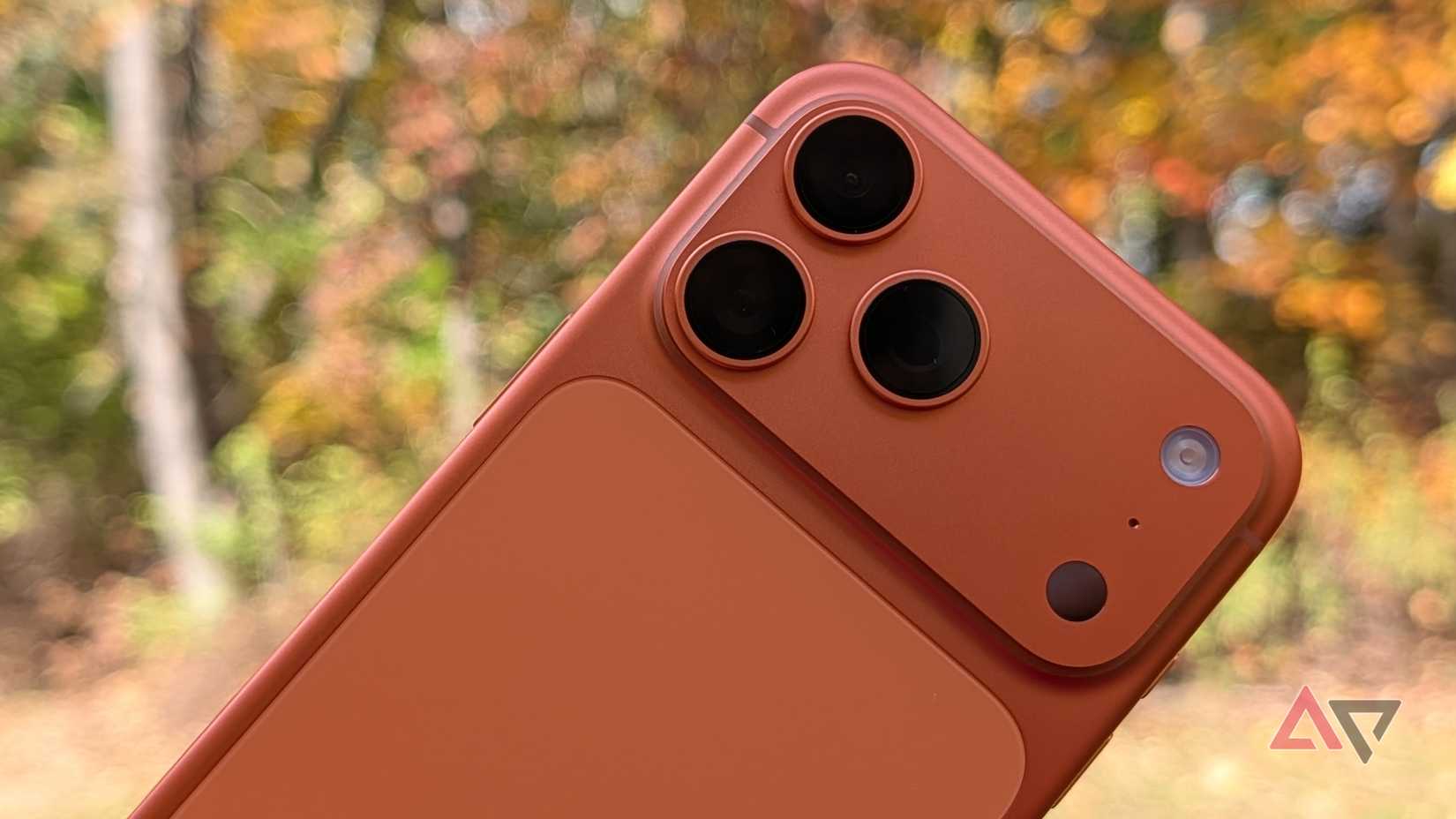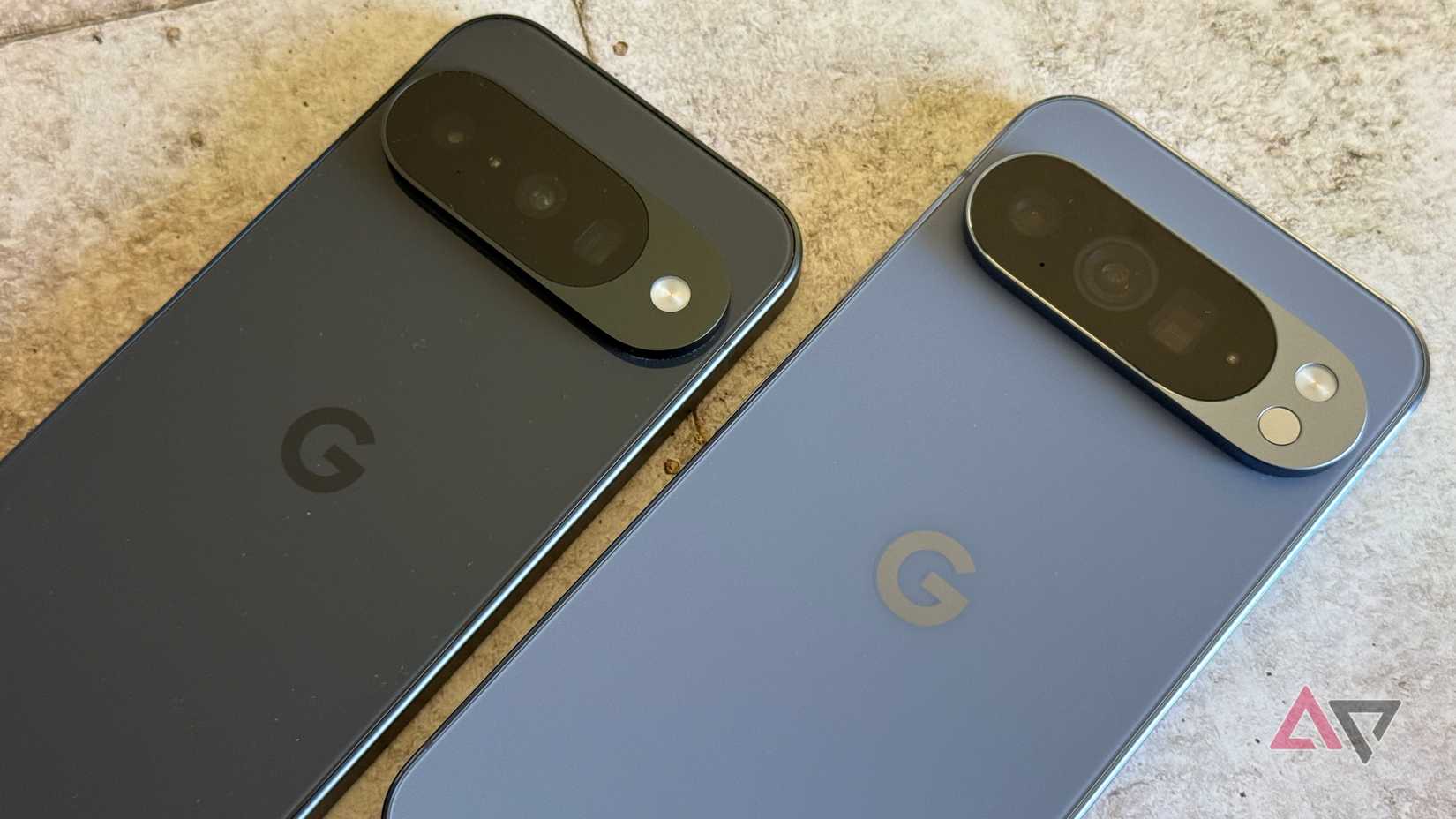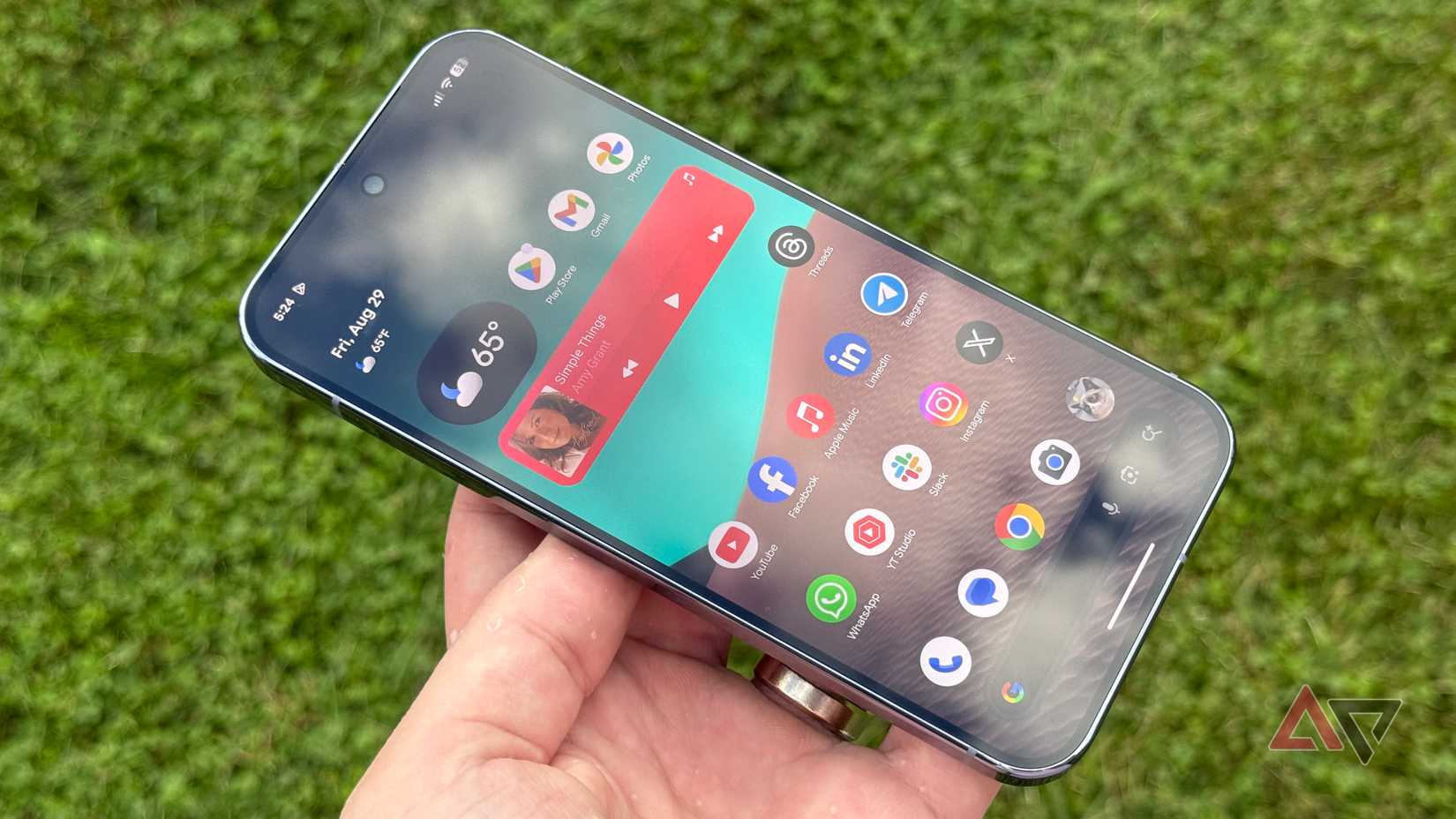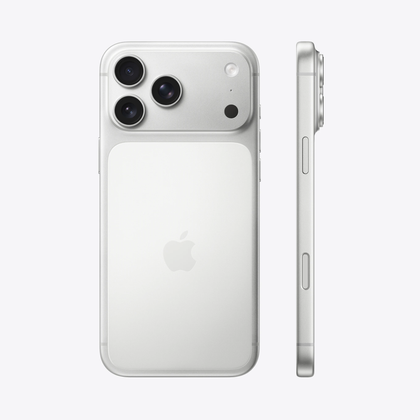I was excited to get my hands on the iPhone 17 Pro Max. Whether you love the new design or hate it, there’s no denying Apple tried something different.
I also appreciate that the company finally gave us a vibrant color on a Pro-series phone, not forcing me to choose between several shades of beige and silver. It’s a change of pace for Apple, but appearances can be deceiving.
Meanwhile, I’ve been singing the Google Pixel 10 Pro XL’s praises for a while now. Google did a fantastic job across the entire device.
It’s also no secret who Google is targeting with the Pixel 10 Pro XL. If you’ve seen any of the company’s commercials, you know that Google wants to lure away disgruntled iPhone users.
There are more than a few to peel off, and Apple hopes the iPhone 17 Pro Max is enough to get them to wait another year.
I’ve used both, and I’m shocked by the one I prefer.
Still plenty to like about the Apple iPhone 17 Pro Max
Outstanding display and a cool design
I usually have plenty to complain about with Apple’s stagnant design, but not this year. The company’s top flagship got a more industrial makeover for 2025, along with an aluminum unibody chassis.
I think it’s an attractive phone, even though part of me is just relieved Apple changed something about the design after the better part of six years.
Yes, an aluminum body is likely to show more wear and damage than a glass one, but Apple has been using anodized aluminum finishes on its products for over two decades.
I couldn’t take my Jet Black iPhone 7 out in the sunlight without it picking up a scratch — some phones just require a case.
Although the chassis may show more scratches this year, I have high hopes for the Ceramic Shield 2 glass covering the display.
Micro-abrasions are a constant issue on iPhone displays, and I sometimes can’t believe I’ve picked up scratches.
I’m not someone who carries my phone in my pocket with loose change and keys, and I’ll still see signs of wear on the display after a short period.
So far, so good this year, and based on several tests I’ve seen, the Ceramic Shield 2 glass appears to hold up better than in previous years.
As for the display, it’s a gorgeous 6.9-inch panel. I’ve had many complaints about the iPhone over the years, but rarely about its displays.
Apple made the screen a touch brighter for the iPhone 17 Pro Max, increasing its maximum brightness to 3,000 nits.
I also appreciate the anti-reflective coating — it should be the standard on all flagship phones.
Apple didn’t get everything right
iOS still frustrates me
Unfortunately, despite all the changes Apple made to the outside of the iPhone 17 Pro Max, a familiar problem remains.
iOS isn’t what it once was, and iOS 26 isn’t helping to improve its condition. Apple focused on the wrong things for its software overhaul.
Yes, the aesthetic needed to change, and I don’t even mind Liquid Glass. I don’t understand why Apple didn’t make the glass effect frosted, which is something being addressed in the iOS 26.1 beta.
Still, many of the flaws and frustrations of previous iOS versions persist. I’m at a loss to understand how Apple can consistently fail so badly with notification management. It’s a mess.
Notifications feel disjointed and sprawled across the lock screen, and notification summaries via Apple Intelligence often do more harm than good.
Customization is a disaster, as Apple hasn’t solved how to move icons around without blowing up your entire home screen layout.
iOS also doesn’t feel as smooth as it once did, and I’ve encountered multiple slowdowns or instances where I had to repeat inputs — it doesn’t feel fluid.
Apple’s strength used to be the software, so it’s disappointing to see that fade away.
Apple Intelligence has yet to make a lasting impression on me, despite Siri being noticeably faster on the iPhone 17 Pro Max than in previous generations. Even still, Apple lags behind the industry with AI on its smartphones.
Apple doesn’t have the software edge, but its A19 Pro chipset bests the Pixel 10 Pro XL under the hood.
If you’re big into gaming or enjoy editing photos and videos on your smartphone, the iPhone 17 Pro Max is the better choice.
Apple Silicon is always impressive. I just wish the software were better optimized to take full advantage of it.
I get outstanding battery life from my iPhone 17 Pro Max, easily enjoying two days of mixed use on a single charge from its nearly 5,100mAh cell.
It’s the best battery performance on an iPhone since the iPhone 13 Pro Max, and it’s welcome to see it again from Apple.
I’m enjoying the cameras on the iPhone 17 Pro Max, and I love the photos I get from its triple camera setup.
If you do any video work, you’ll want to seriously consider picking up an iPhone, as it’s the one area where Apple really pulls ahead of Google — video looks better when shot on the iPhone 17 Pro Max.
The Pixel 10 Pro XL hits on all cylinders
Google built on the success of the Pixel 9 Pro XL
Google got plenty right with the Pixel 9 Pro XL, but I’m glad to see the company go even further with the Pixel 10 Pro XL.
The company didn’t do much with the design, but it didn’t need to — the Pixel 9 Pro XL got a refresh last year, and I have no problem with running the design back another year. It’s unoffensive and premium, precisely what Google’s looking for to go after Apple on carrier store shelves.
Its 6.9-inch Super Actua display is excellent, and I’m glad to see Apple and Google running neck and neck with screen quality. It’s a perfectly viewable panel outdoors, and I love how bright it gets.
Google put its previous display difficulties behind it, and ever since the Pixel 8 Pro, I’ve enjoyed what the company has to offer.
Material 3 Expressive on Android 16 leaves Liquid Glass and iOS 26 in the dust.
Performance isn’t slacking either. I’m tired of hearing people complain about the Tensor G5 chipset, claiming it’s a midrange processor.
It’s not, and I can assure you that benchmarks mean nothing in comparison to real-world usage. The Pixel 10 Pro XL is one of the smoothest phones you can buy, showing that software optimization makes the difference.
Yes, the phone doesn’t handle gaming as well as other flagships, and if you’re a big mobile gamer, you’ll lean towards the iPhone.
However, for other tasks, you won’t notice much of a difference, and in side-by-side testing, the Pixel 10 Pro XL felt like it offered a smoother experience compared to the iPhone 17 Pro Max.
I don’t get worked up about RAM differences between iPhones and Androids, only because Apple handles RAM differently.
Both devices have more than enough capacity for their respective systems, with ample room for future upgrades and software enhancements.
Software support is about even, with perhaps an extra year for your Pixel 10 Pro XL compared to the iPhone 17 Pro Max.
A clear software advantage
Android 16 is running well on the Pixel 10 Pro XL
Material 3 Expressive on Android 16 leaves Liquid Glass and iOS 26 in the dust. Google did a wonderful job making its software feel coherent and intuitive.
Google services work seamlessly with my Pixel 10 Pro XL, and I’ve even found myself using the Gemini assistant way more than I thought I would.
I had both phones in my pocket, and when I wanted to get something done quickly or research an answer, I pulled out the Pixel.
I’ve achieved similarly excellent battery life with my Pixel 10 Pro XL, easily lasting into a second day without needing a recharge.
I love that Google has a proper answer to MagSafe this year, with its Pixelsnap accessory lineup and true Qi2 compatibility for the Pixel 10 Pro XL.
It’s hard to go wrong with the cameras on a Pixel smartphone, but it ultimately comes down to personal preference and what your eyes prefer.
Google has done a better job with its color science this year, and the photos don’t feel as washed out and stark as they did in years past.
Still, the iPhone produces a warmer image. I’d give the Pixel the edge in low-light photography, while the iPhone is much better at shooting video.
I prefer the Pixel 10 Pro XL, but it’s a tough call
It’s always difficult to compare an iPhone with a Pixel, because you’re not just talking about buying a new phone — you’re deciding between competing ecosystems.
If you’re already an Apple fan and you’ve been using iPhones for years, there’s nothing overly offensive about the iPhone 17 Pro Max that would make you switch to Android — you should upgrade and enjoy the new design.
However, if you are one of those people whom Google is targeting, and you’re fed up with the same old smartphone and waiting endlessly for Apple Intelligence, then the Pixel 10 Pro XL is the phone you should consider first.
-
Google Pixel 10 Pro XL
- SoC
-
Google Tensor G5
- RAM
-
16GB
- Storage
-
256 GB / 512 GB / 1TB with Zoned UFS / 1 TB with Zoned UFS
- Battery
-
5200mAh
- Operating System
-
Android 16
- Front camera
-
42 MP Dual PD selfie camera
The Pixel 10 Pro XL packs all the same features you’ll find on its less expensive siblings, along with a few exclusive features like a 6.8-inch display and faster charging.
-
Apple iPhone 17 Pro Max
- SoC
-
A19 Pro chip
- Storage
-
256GB, 512GB, 1TB, or 2TB
- Battery
-
Up to 39 hours of video playback
- Ports
-
USB-C
- Operating System
-
iOS
- Colors
-
Silver, Cosmic Orange, Deep Blue
Did you look at the iPhone 17 Pro and think you needed something with a bigger screen, or more storage? The iPhone 17 Pro Max has you covered.


